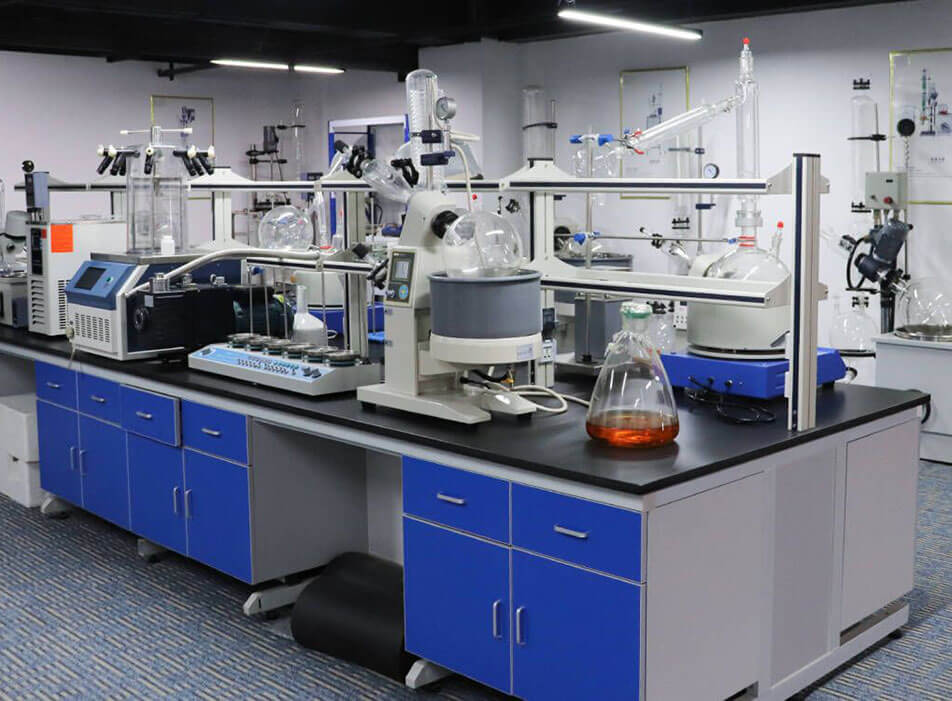High quality products with CE certification,and our warehouse in USA and Spain, over 100 sets equipments in stock.
Zhengzhou Keda Machinery and Instrument Equipment Co.,Ltd. is specialized in R&D, production, selling, laboratory, chemical and biological pharmaceutical equipment integrated company, especially extraction equipment,reactor equipment,drying equipment,etc. 13 years of production and export experience and a series of ISO9001 and CE Certificate,Warehouse in USA and Spain.
